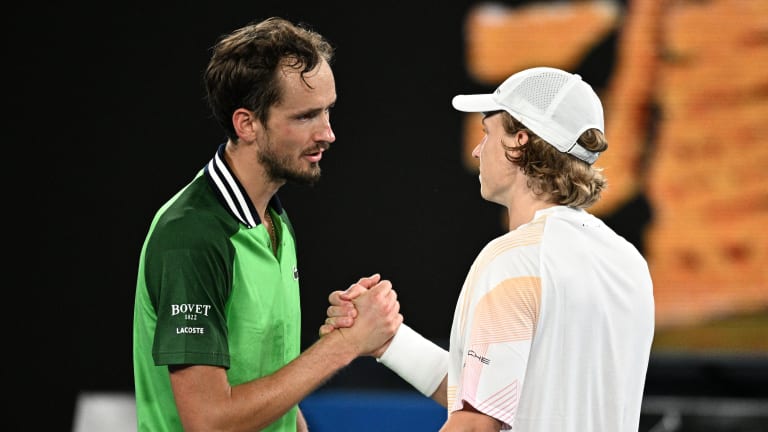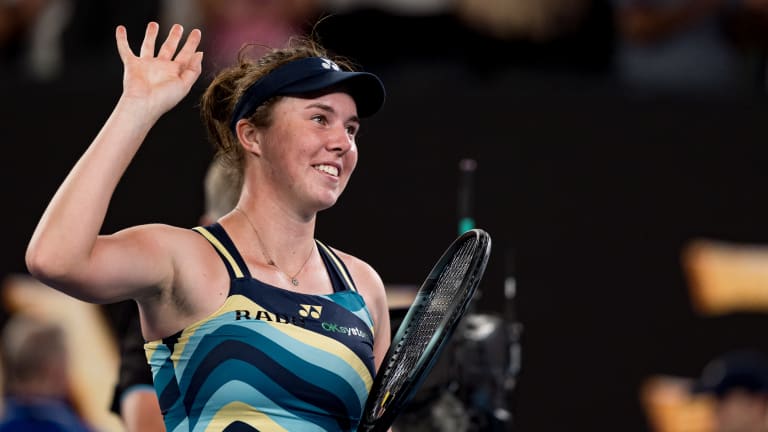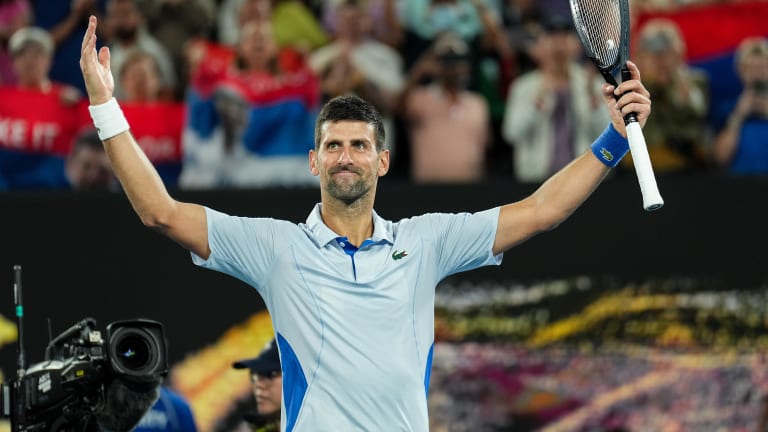Australian Open
Do fans want superstars or Cinderellas? Chalk or havoc? In Melbourne this year, there's both
By Jan 22, 2024Australian Open
Roger Federer to headline “Battle of the World No.1s” at Australian Open’s inaugural Opening Ceremony
By Dec 11, 2025Australian Open
Australia at Last: Reflections on a first trip to the AO
By Jan 29, 2025Australian Open
Alexander Zverev must elevate his game when it most counts—and keep it there
By Jan 27, 2025Australian Open
Jannik Sinner draws Novak Djokovic comparisons from Alexander Zverev after Australian Open final
By Jan 26, 2025Australian Open
Alexander Zverev left to say "I'm just not good enough" as Jannik Sinner retains Australian Open title
By Jan 26, 2025Australian Open
Jannik Sinner is now 3-0 in Grand Slam finals after winning second Australian Open title
By Jan 26, 2025Australian Open
Taylor Townsend and Katerina Siniakova win second women's doubles major together at the Australian Open
By Jan 26, 2025Australian Open
Madison Keys wins her first Grand Slam title at Australian Open by caring a little bit less
By Jan 25, 2025Australian Open
Henry Patten, Harri Heliovaara shrug off contentious first set to win Australian Open doubles title
By Jan 25, 2025Do fans want superstars or Cinderellas? Chalk or havoc? In Melbourne this year, there's both
As the Australian Open is proving again, the genius of the Grand Slams is that they don’t force us to choose.
Published Jan 22, 2024
Advertising

Medvedev came from two-sets-to-love down against Ruusuvuori in a match that ended at 3:39 a.m.
© AFP or licensors
Advertising

Swiatek compared Noskova's big hitting to that of Aryna Sabalenka and Elena Rybakina.
© © Andy Cheung / ArcK Images / Getty Images
Advertising

Djokovic remains the man to beat as he searches for an 11th Australian Open title.
© Getty Images